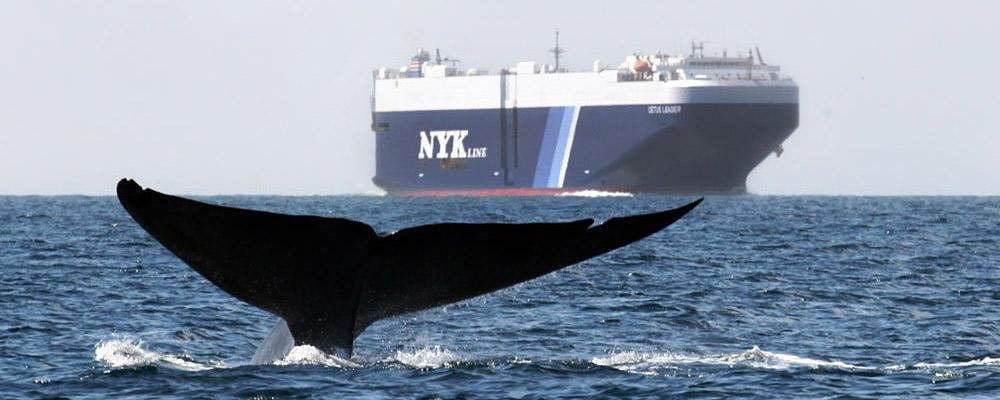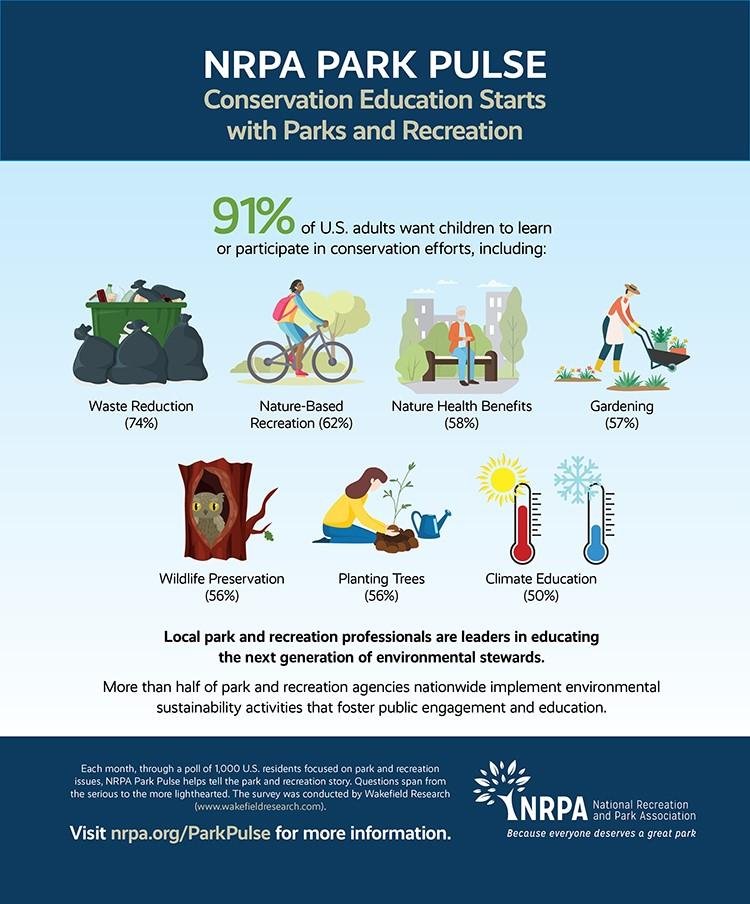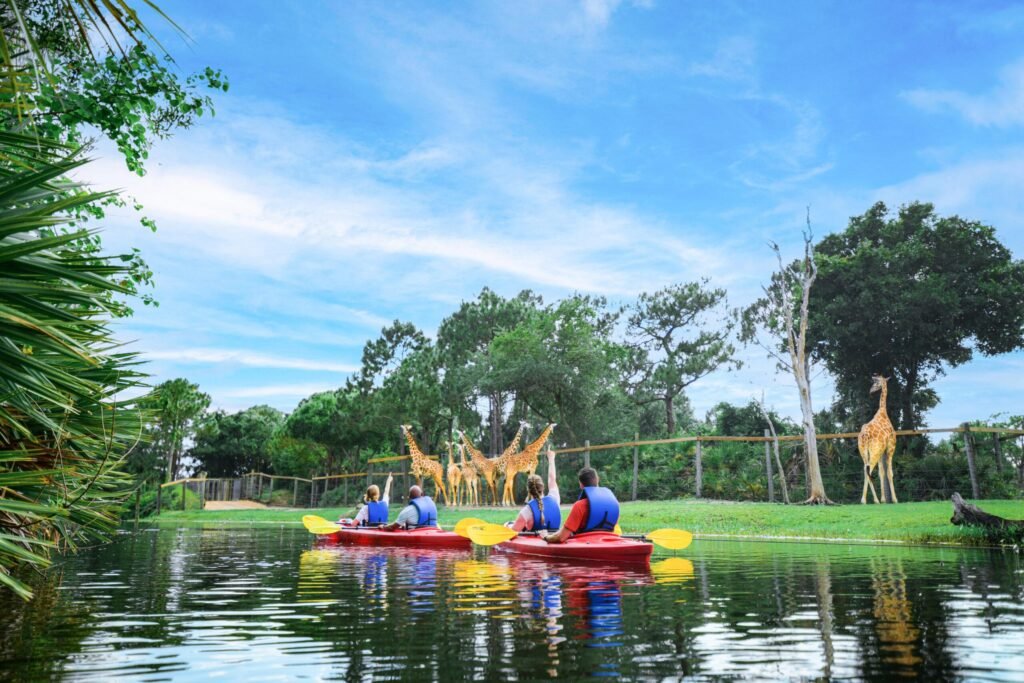In the heart of Brevard Zoo, a remarkable tale of resilience and recovery unfolds, showcasing the undying spirit of one of the ocean’s most beloved inhabitants. Meet Button, a green sea turtle whose journey from peril to hope has captured the hearts of many. Rescued after a likely encounter with a boat strike, Button’s story serves as a poignant reminder of both the fragility of marine life and the dedicated efforts of conservationists striving to protect it. As we dive deeper into Button’s rehabilitation, we unveil the challenges faced by these magnificent creatures and the vital role we all play in safeguarding their future. Join us in exploring the inspiring highlights of this turtle’s remarkable journey, and discover how such encounters illuminate the broader narrative of ocean conservation.
Brevard Zoos Compassionate Rehabilitation of Green Sea Turtle Button
Brevard Zoo has taken the initiative to provide compassionate care to Button, a Green Sea Turtle who suffered injuries likely caused by a boat strike. Upon her rescue, Button was found in dire condition, displaying signs of trauma that included severe shell damage. The dedicated veterinary team at the zoo promptly assessed her injuries and began implementing a comprehensive rehabilitation plan. This meticulous care involves both medical treatment and specialized therapies designed to aid in her recovery.
As part of her rehabilitation, Button is receiving various forms of care that include:
- Wound Management: Regular cleaning and treatment of her shell injuries to prevent infection.
- Nutritional Support: Customized diets rich in essential nutrients to boost her immune system.
- Therapeutic Exercises: Gentle encouragement for swimming and movement to strengthen her muscles and facilitate healing.
This dedicated approach not only aims to prepare Button for her eventual return to her natural habitat but also raises awareness about the impacts of boating on marine life, highlighting the importance of conservation efforts. The community is encouraged to support initiatives that protect these magnificent creatures while learning about the challenges they face in our changing environment.

Understanding the Impact of Boat Strikes on Marine Wildlife
Boat strikes have increasingly become a significant threat to marine wildlife, particularly affecting species like the green sea turtle. These majestic creatures, navigating the oceans for decades, are vulnerable to collisions with vessels of all sizes. The aftermath of such encounters can be devastating, often leading to serious injuries or fatalities. The impact of a boat strike extends beyond the individual animal; it disrupts population dynamics and can ultimately affect the broader marine ecosystem. The consequences include:
- Physical Injuries: Turtles can suffer from shell fractures, internal injuries, and loss of limbs.
- Behavioral Changes: Surviving turtles may become more reclusive or abandon breeding grounds.
- Reproductive Challenges: Injuries can affect the ability to reproduce, decreasing future generations.
Efforts to mitigate these risks are essential for the preservation of marine wildlife. Initiatives such as implementing speed limits in known turtle habitats or creating designated safe zones are critical in reducing mortality rates. Additionally, raising awareness among boaters about the importance of vigilance in marine environments can foster a culture of conservation. Here’s a quick breakdown of some proposed solutions:
| Solution | Description |
|---|---|
| Speed Limit Regulations | Establishing and enforcing lower speed limits in peak turtle habitats. |
| Awareness Campaigns | Educating boaters about the need to watch for marine wildlife. |
| Rescue Initiatives | Programs aimed at rescuing and rehabilitating injured wildlife. |

The Importance of Conservation Efforts for Sea Turtles
The plight of sea turtles, particularly the green sea turtle like ‘Button,’ underscores the vital need for conservation initiatives. With their natural habitats threatened by climate change, pollution, and human interference, every rescue story serves as a vital reminder of their fragility and the actions necessary to ensure their survival. Conservation efforts focus on three critical areas:
- Habitat Protection: Safeguarding nesting beaches and marine environments enables turtles to thrive.
- Public Awareness: Educating communities about the impact of litter and boat traffic helps mitigate harmful interactions.
- Rescue and Rehabilitation: Facilities like Brevard Zoo play a crucial role in healing injured turtles, providing them a second chance at life.
Moreover, the involvement of local communities in conservation activities amplifies the effectiveness of these efforts. By engaging volunteers and educating the public, conservation programs can create a ripple effect, inspiring collective action toward preserving marine ecosystems. The importance of collaboration can be illustrated in the following table, showcasing how community involvement enhances conservation outcomes:
| Community Action | Impact on Conservation |
|---|---|
| Beach Cleanups | Reduces litter that can entangle or harm turtles |
| Nesting Site Monitoring | Protects vulnerable nesting areas from disturbances |
| Awareness Campaigns | Informs the public about respecting marine life |

How You Can Contribute to Protecting Our Oceans and Its Inhabitants
Every individual has the power to make a difference in the preservation of our oceans and the diverse life forms they support. Simple actions can collectively lead to profound impacts on marine ecosystems. You can start by reducing plastic usage in your daily life—opt for reusable bags, bottles, and containers. Additionally, support organizations dedicated to marine conservation through donations or volunteering opportunities. Your involvement helps fund vital research and initiatives aimed at protecting endangered species like the green sea turtle.
Participating in local beach clean-ups is another effective way to contribute. Not only do these events help remove harmful debris from coastal regions, but they also raise awareness about the importance of keeping our waters clean. Furthermore, adopting sustainable seafood practices can influence fisheries to operate responsibly, ensuring fish populations remain healthy. Remember to educate yourself and others about marine conservation issues; sharing knowledge can inspire action in your community. Here are some impactful practices to consider:
- Choose sustainable seafood: Look for certification labels.
- Reduce, reuse, recycle: Minimize waste to lower ocean pollution.
- Advocate for marine policies: Support local and national conservation initiatives.
- Be mindful of boat usage: Follow speed limits and avoid protected areas.
Q&A
Q&A: Brevard Zoo Highlights Green Sea Turtle ‘Button’ After Rescue in Likely Boat Strike
Q1: What is the significance of Button the Green Sea Turtle at Brevard Zoo?
A1: Button represents a remarkable case of resilience and recovery. Rescued after a suspected boat strike, her journey highlights both the challenges that marine life face and the dedicated efforts of the Brevard Zoo team in rehabilitating injured sea turtles.
Q2: How was Button rescued?
A2: Button was discovered by a concerned member of the community who noticed her struggling in the waters. Following a quick intervention, she was transported to Brevard Zoo, where veterinary care assessed her injuries, confirming they aligned with the impact of a boat strike.
Q3: What injuries did Button sustain from the boat strike?
A3: Upon examination, the veterinary team found that Button had sustained trauma to her shell and some internal injuries. These types of injuries can be quite serious, making it crucial to provide immediate and specialized care to ensure her recovery.
Q4: What rehabilitation efforts are being made for Button?
A4: The dedicated team at Brevard Zoo has been administering medical treatments, such as medications to address infections and supportive care, including a specially designed habitat where she can recover. Daily monitoring ensures that her healing process is on track.
Q5: What can visitors to Brevard Zoo learn from Button’s story?
A5: Button’s story serves as an educational opportunity for visitors about the dangers marine life face due to human impacts, such as boating and pollution. It emphasizes the importance of conservation efforts and encourages visitors to appreciate and protect our oceans and the creatures living within them.
Q6: How is Button’s recovery progressing?
A6: While it’s still early in her rehabilitation, Button is responding positively to treatment. The veterinary and care teams are hopeful and continue to watch for signs of improvement, which includes her ability to swim and eat on her own.
Q7: Is there a plan for Button’s future after her recovery?
A7: Yes, the ultimate goal is to rehabilitate Button to the point where she can be safely released back into her natural habitat. The team will assess her readiness for release through rigorous health checks and monitoring her behavior in a controlled environment.
Q8: How can the community support marine life like Button?
A8: Community members can help by practicing safe boating habits, such as maintaining a safe speed in designated areas and being mindful of wildlife. Additionally, supporting local conservation organizations and participating in clean-up efforts can have a significant positive impact on marine ecosystems.
Q9: What are the broader implications of Button’s rescue for marine conservation efforts?
A9: Button’s rescue underscores the importance of wildlife rehabilitation and the continual need for public awareness around marine conservation. Her story, while unique, is part of a larger narrative about the ongoing threats sea turtles face. It reminds us that proactive measures and community involvement are essential to ensuring a healthier environment for all marine species.
Q10: How can people learn more about Button and other rescue efforts at Brevard Zoo?
A10: Visitors can stay updated on Button’s progress and other rehabilitation stories by following Brevard Zoo’s official website and social media channels. The zoo frequently shares news about their conservation efforts, events, and educational programs aimed at engaging the public with marine and wildlife conservation.
In Conclusion
In the serene heart of Brevard Zoo, the remarkable journey of Green Sea Turtle “Button” serves as a poignant reminder of our ocean’s fragility and resilience. Rescued from the brink after a devastating boat strike, Button’s story not only highlights the persistent threats faced by marine life but also underscores the invaluable work of wildlife conservationists dedicated to rehabilitation and recovery. As Button continues to heal, she embodies hope for countless other sea turtles navigating the complexities of their oceanic world. With every small step towards her eventual release, Button inspires us to reflect on our responsibility to protect these majestic creatures and their habitats. Let her journey remind us that together, through awareness and action, we can make a difference for our planet’s precious wildlife.

